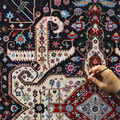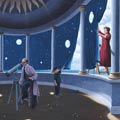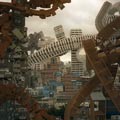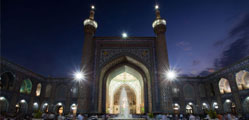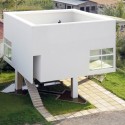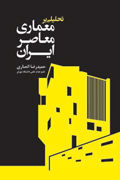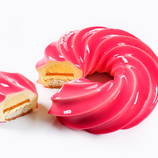
دوباره یانوندیزاین
قریب به نه ماه از آخرین پست انتشاری یانوندیزاین میگذرد! و دقیقتر قریب به یک سال از کم فعالیت شدن و خسته شدن یانوندیزاین!
یانوندیزاین تا پیش از این یک سال، با جامعه بزرگ و علاقهمندی از حوزه طراحی ، معماری و هنر آمیخته شده بود. خیلیها در سالهای ۸۶ که فقط به فرستادن ایمیلهای گاهبهگاه دیزاین به صندوق ایمیلی معدودی از دوستان ورودی ۸۵ دانشگاه هنرم مشغول بودم تا همین آغاز سال ۹۶ ، کم کم روزانه با ایمیل روزنامه یانوندیزاین، سیر اینترنتی خودشان در جهان هنر و طراحی را شروع میکردند. خیلیها ابراز لطف فراوانی را در این سالها به تیم فعال یانوندیزاین ابراز کردهاند و همین خیلیها و بسیاری که منتقدانه و تیزبین همیشه ما را مدنظر داشتند، عمده انرژی و انگیزه پیشبرد حرکت یانوندیزاین بودند.
واقعیت آن است که مسائلی شخصی برای یکسالی این حرکت را متوقف کرد... اما عمده انگیزهای که این سالها پشت یانوندیزاین بود و اتفاقات خوبی که پیرامون آن در سالهای گذشته افتاده بود مانع آن میشد که به کل یانوندیزاین را فراموش کنیم....
ما به امید خدا از امروز یعنی ابتدای اردیبهشت ۹۷ دوباره با انگیزه شروع خواهیم کرد. با هم از جهان هنر و طراحی خواهیم دید.... روزانه و پابهپای تحولاتی که در پیرامون ماست.
-
۹۱/۱۰/۲۷پارکت منعطف
-
۹۰/۱۱/۱۲خانه پناهگاه / KWK Promes
-
۹۲/۰۹/۰۲تور مطالعه/ شرکت یادگیری با بازی
-
۹۰/۰۹/۰۹Treasures of Art Nouveau
-
۹۰/۰۵/۰۳کاردستیهای سازگار با محیط زیست
-
۹۳/۰۲/۱۲لوستر ماهوارهای / جولیا لانسوم
-
بعد از گذشت ۱۲ سال هنوز هم قابل تحسینه
 ۰۴/۰۹/۲۶ - دبیفا | DubaiFa
۰۴/۰۹/۲۶ - دبیفا | DubaiFa -
I'll immediately grab your rss as I ...
 ۰۴/۰۹/۱۷ - https://k9wins.top/
۰۴/۰۹/۱۷ - https://k9wins.top/ -
چه جای قشنگی دلم میخواد برم از ...
 ۰۳/۰۵/۱۶ - Vany
۰۳/۰۵/۱۶ - Vany -
چه پوسترهای زیببایی چقدر قشنگ و حرفهای طراحی شده دست مریزاد
 ۰۲/۱۰/۲۲ - مومنی
۰۲/۱۰/۲۲ - مومنی -
آموزشگاه نقاشی خوب تو تهران جایی رو میشناسید؟
 ۰۲/۰۲/۲۱ - نور کم در هنگام مطالعه به چشم آسیب می زند
۰۲/۰۲/۲۱ - نور کم در هنگام مطالعه به چشم آسیب می زند -
منو یاد معلم هنر اول راهنماییمون انداخت
 ۰۲/۰۲/۱۹ - خانه ما
۰۲/۰۲/۱۹ - خانه ما -
چقدر شبیه تصاویر ساخته شده با هوش مصنوعیه که این روزها ترند شده
 ۰۲/۰۲/۱۸ - فویل نسوز چسبی
۰۲/۰۲/۱۸ - فویل نسوز چسبی -
سایت خوبی دارید. موفق باشید
 ۰۲/۰۲/۱۸ - لرزه گیر ماشین لباسشویی
۰۲/۰۲/۱۸ - لرزه گیر ماشین لباسشویی -
استاد نقاشی دانشگاهمون رو خیلی دوست ...
 ۰۲/۰۲/۱۸ - قلیان کوچک قابل حمل
۰۲/۰۲/۱۸ - قلیان کوچک قابل حمل -
هنوز دفتر نقاشی دوران کودکیم رو ...
 ۰۲/۰۲/۱۶ - صرافی
۰۲/۰۲/۱۶ - صرافی




